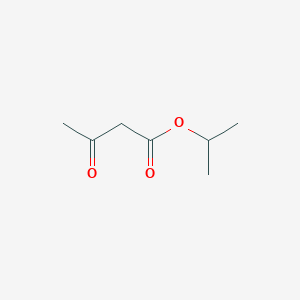Identifying counterfeit seeds
First, identify true and false from the seed label and packaging appearance
1, see if there is no rice seed specification or species profile. The content should include appropriate cultivation areas, characteristics, cultivation measures, etc. There is no need to purchase the manual and the description of the species, so as to prevent being deceived.
2, see the label. The label shall indicate the seed category, species name, origin, quality index, quarantine certificate number, seed production and business license number, or import and export approval document number. The labeling content shall be consistent with the seeds for sale, and any of the above items shall be absent. You should ask questions.
Second, from the seed's own physical and chemical properties to identify true and false
1, to see the uniformity: mixed with other rice hybrid seed grain type is not neat, such as mixed into the father or other grains of indica rice, significantly longer than the hybrid seed elongated and full, indica rice grain circle.
2, look at the color of the hull: hybrid husks are slightly uneven, such as yellow-brown and other physiological variegated color, while the male parent, maintain lines and other grain color is more consistent. Maintainer lines and other hybrids have higher transparency than hybrid seeds, and chaff is smoother than hybrids.
3, water identification: teeth bite, finger tips. Take a grain of rice seed bite, the grain has a broken sound, the section mouth is smooth, the water content of this seed is generally about 13%; if there is no broken sound or grain section is uneven, then the seed water content is generally high At 13%.
4. Clarity identification: Generally, no seeds or sand are observed when the seed is visually detected. Insert the seed into the seed pile or seed bag by hand. When the finger is extracted, there is no dust and other impurities on the back of the hand. At this time, the purity of the seed is generally about 97%.
5, Chen seeds identification: Where seed coat color is fresh, shell yellow, embryo full and full, dig the embryo, moist green, this type of seed is a new species with high viability; the contrary, the seed coat color is dark, testa dark brown Cognac, these seeds are the seeds of weak life.
6, observe the lesion. The shells of rice seeds are dark brown or have irregular hemp spots and lumps, which are the seeds of infectious diseases. If there are dark brown patches on the surface of seeds infected with rice blast, the non-infected seeds are asymptomatic.
7. Observe the embryos. The high-quality rice seeds have a smooth and shiny appearance, full-filled embryos, and when hand-twisted, the embryos have a moist sensation and are greenish, and the inferior-quality rice seed embryos are dark in color and dry.
Isopropyl Acetoacetate CAS No.542-08-5
Isopropyl Acetoacetate Basic Information
Product Name: Isopropyl acetoacetate
CAS: 542-08-5
MF: C7H12O3
MW: 144.17
EINECS: 208-798-4
Mol File: 542-08-5.mol
Isopropyl Acetoacetate Structure

Melting point -27°C
Boiling point 95 °C52 hPa(lit.)
density 0.989 g/mL at 20 °C(lit.)
refractive index n20/D 1.418
Fp 73°C
Water Solubility Slightly miscible with water.
Isopropyl Acetoacetate,Ethyl 2-Isopropyl Acetoacetate,Isopropyl Acetoacetate Wiki,Isopropyl Acetoacetate Solubility In Water,Isopropyl 2-(3-Nitrobenzylidene)Acetoacetate,Isopropyl Acetoacetate Msds
ShanDong YingLang Chemical Co.,LTD , https://www.sdylhgtrade.com